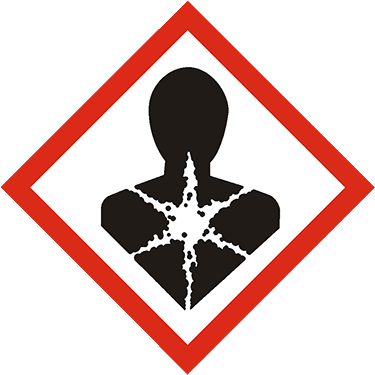Click "Allow Cookies" to consent to storing cookies on your device to improve your experience on our site. Learn more.
Multi-State Hydrocarbon Window Defining Standard
Catalog NumberCat#
DRH-008S-R1-PAK
17034 Classification17034 Class.
Certified Reference Material
Matrix
500 µg/mL in Chloroform
Number of ComponentsComps.
34 See Analytes
Storage ConditionStorage
Ambient (>5 °C)
Unit
5 x 1 mL
Price (USD) Price
$260.00
Product Details
Pack AvailabilityPack
Available in single units
Analytes
| Analyte | CAS Number | Target Concentration |
|---|---|---|
| n-Octane | 111-65-9 | 500 µg/mL |
| n-Nonane | 111-84-2 | 500 µg/mL |
| n-Decane | 124-18-5 | 500 µg/mL |
| n-Undecane | 1120-21-4 | 500 µg/mL |
| n-Dodecane | 112-40-3 | 500 µg/mL |
| n-Tridecane | 629-50-5 | 500 µg/mL |
| n-Tetradecane | 629-59-4 | 500 µg/mL |
| n-Pentadecane | 629-62-9 | 500 µg/mL |
| n-Hexadecane | 544-76-3 | 500 µg/mL |
| n-Heptadecane | 629-78-7 | 500 µg/mL |
| Pristane | 1921-70-6 | 500 µg/mL |
| n-Octadecane | 593-45-3 | 500 µg/mL |
| Phytane | 638-36-8 | 500 µg/mL |
| n-Nonadecane | 629-92-5 | 500 µg/mL |
| n-Eicosane | 112-95-8 | 500 µg/mL |
| n-Heneicosane | 629-94-7 | 500 µg/mL |
| n-Docosane | 629-97-0 | 500 µg/mL |
| n-Tricosane | 638-67-5 | 500 µg/mL |
| n-Tetracosane | 646-31-1 | 500 µg/mL |
| n-Pentacosane | 629-99-2 | 500 µg/mL |
| n-Hexacosane | 630-01-3 | 500 µg/mL |
| n-Heptacosane | 593-49-7 | 500 µg/mL |
| n-Octacosane | 630-02-4 | 500 µg/mL |
| n-Nonacosane | 630-03-5 | 500 µg/mL |
| n-Triacontane | 638-68-6 | 500 µg/mL |
| n-Hentriacontane | 630-04-6 | 500 µg/mL |
| n-Dotriacontane | 544-85-4 | 500 µg/mL |
| n-Tritriacontane | 630-05-7 | 500 µg/mL |
| n-Tetratriacontane | 14167-59-0 | 500 µg/mL |
| n-Pentatriacontane | 630-07-9 | 500 µg/mL |
| n-Hexatriacontane | 630-06-8 | 500 µg/mL |
| n-Heptatriacontane | 7194-84-5 | 500 µg/mL |
| n-Octatriacontane | 7194-85-6 | 500 µg/mL |
| n-Tetracontane | 4181-95-7 | 500 µg/mL |

